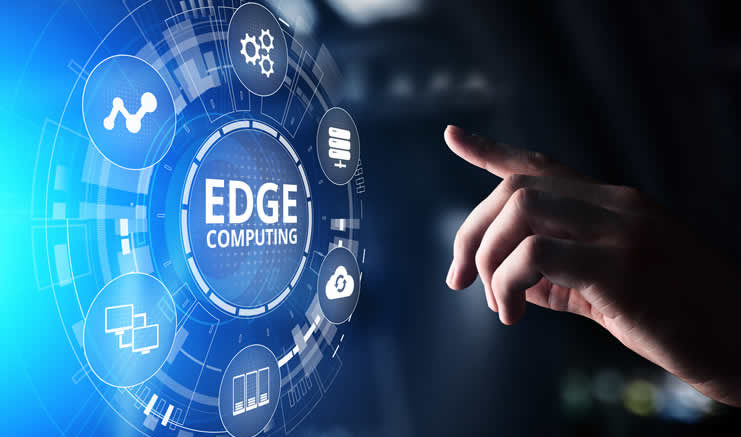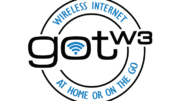Smart home devices are some of the most popular consumer technologies available today. There were 22 billion IoT products in use around the world in 2018, and adoption has only increased since then. Recent advances like edge computing will push it even further.
Edge computing is similar to cloud computing but goes a step further. Instead of using data centers to host and process information, it uses a network of distributed devices. As a result, it features cloud computing’s flexibility but brings these processes closer to the items themselves.
Edge computing could be revolutionary for the IoT, bringing several improvements over the cloud infrastructure devices use now.
1. Higher Bandwidth
IoT devices generate a lot of data. Since the cloud processes information in far-away data centers, sending everything to the cloud at once can have complications. It’s expensive, it can congest the network and it could result in errors.
IoT products would process some of the data themselves and send the rest to nearby devices with edge computing. Since it doesn’t have to travel as far, this system can transfer more at once without error. Consequently, smart home gadgets could do more than ever.
For example, connected security cameras could stream ultra-HD video at lower costs. Smart speakers could perform more complex tasks and calculations, becoming more helpful. The IoT as a whole would be more efficient and affordable.
2. Lower Latency
Bandwidth isn’t the only concern with IoT data. Latency, the time it takes for information to travel to its destination and back, is also an issue. Some applications require near-instant response times, which cloud computing can’t always provide.
Since data doesn’t have to travel as far with edge computing, latency is lower. Smart home devices become faster, responding instantly to user commands and providing real-time information. These quicker response times could be life-saving for smart home devices that contact emergency services or raise alarms.
3. Improved Security
Historically, cybersecurity has been a challenge for IoT devices. Many don’t feature much built-in security, and if a hacker gets into one, they could access everything else on the network. Edge computing mitigates the risk of these attacks.
Edge computing’s higher speeds and lower latencies mean there’s less downtime and disruption, leaving fewer opportunities to steal data in transit. These items also don’t need a constant connection, further reducing vulnerabilities. Since edge computing distributes tasks over multiple devices, it also makes it harder to disrupt the whole network.
4. Reduced Energy Consumption
Many smart home devices help lower users’ energy consumption, but all these gadgets need power too. Edge computing is more energy-efficient than cloud computing, so it helps these devices be even greener. Wireless communication consumes the most energy of an IoT item’s processes since it sends less data and it doesn’t travel as far.
With these improvements, eco-conscious smart homeowners could enjoy maximum benefits from their IoT devices. They get power-saving features without consuming as much energy in the process.
5. More Reliability
Edge computing also makes smart home devices more reliable. The higher latencies, lower speeds and security vulnerabilities of cloud computing make it prone to error. Since edge computing improves on all these categories, devices that use it will malfunction less.
Take IoT security systems, for example. Sending all their information to the cloud for processing allows more room for error, which could produce false alarms. If they instead process some factors on the device and the rest nearby, there are fewer opportunities for mistakes.
Edge Computing Unlocks the IoT’s Potential
Cloud computing is a remarkable technology that has enabled the IoT to get to this point. Edge computing builds on it, bringing the IoT to new heights. These improvements will help smart home enthusiasts use their devices to their full potential.
Edge computing is still in its early stages, but it’ll be widespread before long. When it becomes the standard, smart homes will be more useful than ever.





